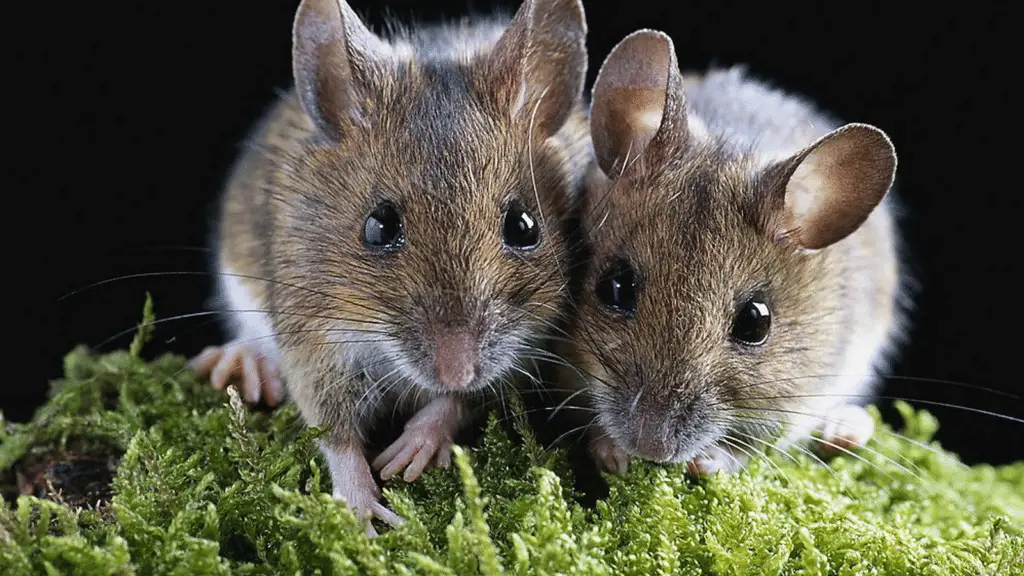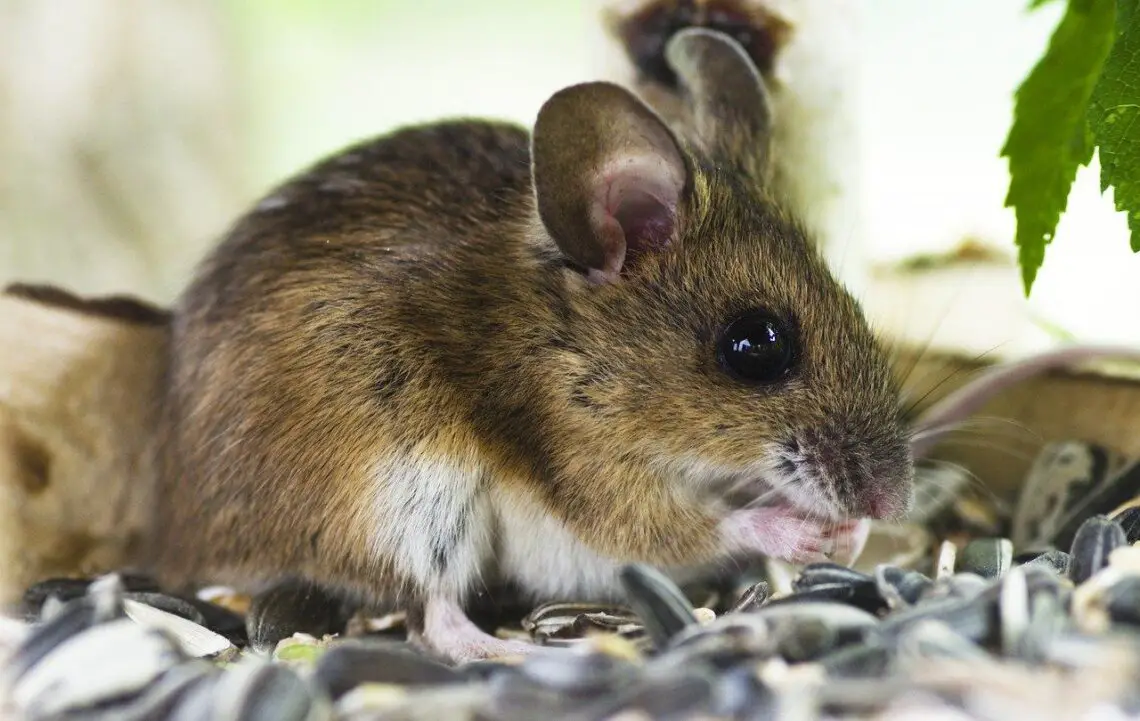Introduction
What Do Rat Bites Look Like: Rat bites, although relatively uncommon in most people’s daily lives, can be a source of concern and curiosity. Understanding rat jump bites look like is not only for those who work in pest control or animal research but also for anyone who may encounter these creatures in their homes or outdoor environments. Rats, often associated with unsanitary conditions and potential disease transmission, are known to occasionally resort to biting when they feel threatened or cornered. Therefore, recognizing the signs of a rat bite can be crucial for one’s health and safety. Rat bites vary in appearance depending on several factors, including the size of the rat, the depth of the bite, and the individual’s skin type and reaction.
These bites are typically characterized by a series of small puncture wounds arranged in a linear or clustered pattern. The teeth of rats are sharp and can leave distinct marks on the skin, often resembling tiny pinpricks. In some cases, the bite may appear as a single, deeper puncture surrounded by smaller punctures caused by the rat’s front and back teeth. The skin around the bite marks may exhibit redness, swelling, and irritation, indicating an inflammatory response to the bite. Its rat bites can vary in severity. Superficial bites may only cause minor discomfort, deeper bites can puncture blood vessels and lead to bleeding, bruising, or more serious complications if left untreated.
In some instances, rat bites can become infected, resulting in symptoms such as pus formation, increased pain, and fever. Therefore, prompt medical attention is crucial if you suspect you’ve been bitten by a rat, especially if the wound appears to be deep or shows signs of infection. The characteristics of rat bites, exploring how to differentiate them from other types of bites or skin conditions. We will also discuss the potential health risks associated with rat bites, emphasizing the importance of proper wound care and seeking medical advice when necessary. Additionally, we will touch upon preventive measures that can help reduce the risk of encountering rat bites in various settings, from urban areas to rural environments where rats are more prevalent.

Can you tell if a rat bites you?
Rat bites may be shallow or deep. Some display single puncture wounds, while others display multiple abrasions. Bleeding often occurs. Although infection is rare, all rodent bites should be promptly and thoroughly cleaned and disinfected.
One of the most common ways to tell if a rat has bitten you is through pain and sensation. Rat bites can be painful, and you may feel a sharp, stinging, or burning sensation at the site of the bite. This discomfort can vary in intensity depending on the depth of the bite and the individual’s pain threshold.
Rat bites typically leave behind visible wounds. These wounds are characterized by small puncture marks on the skin. Rats have sharp incisors that can create distinctive puncture wounds, often resembling tiny pinpricks. The number of puncture marks can vary, but they are usually arranged in a linear or clustered pattern. In some cases, you might notice a single deeper puncture surrounded by smaller punctures caused by the rat’s front and back teeth.
In the puncture wounds, rat bites can cause the surrounding skin to become red and swollen. This is often an inflammatory response to the bite. The extent of swelling and redness can vary depending on the individual’s sensitivity to the bite and the presence of any allergic reactions.
Rat bites can be itchy and irritating. The bites might feel uncomfortable, and you may have an urge to scratch the affected area. However, it’s crucial to resist scratching, as this can bacteria from your hands into the wound, potentially leading to infection.
Should I worry about rat bite?
A rat bite can be dangerous if it develops into a bacterial infection, called rat bite fever. If you are bitten by a rat, take it seriously and treat it right away. While rats are generally more afraid of you than you are of them, you can never be sure how a wild animal will act.
Rat bites can harmful bacteria into your body. Rats are known carriers of various pathogens, including the bacteria responsible for diseases like rat-bite fever, leptospirosis, and salmonellosis. If left untreated, these infections can lead to serious health complications.
Aside from bacterial infections, rats can also carry and transmit viruses. Rat-bite fever, for instance, can be caused by bacteria found in a rat’s mouth and can lead to flu-like symptoms and joint pain if contracted. In urban areas, where rats often coexist with humans, the risk of disease transmission is higher.
Some individuals may be allergic to rat saliva or other components of the rat’s bite. An allergic reaction can lead to more severe symptoms, including swelling, hives, and difficulty breathing. In such cases, immediate medical attention is crucial.
Rat bites can vary in severity. Some may be superficial and cause minimal damage, others can be deeper, puncturing blood vessels and leading to bleeding, bruising, and more extensive tissue damage. Deep wounds require proper medical evaluation and care to prevent complications.
Does rat bite need treatment?
Treatment is with penicillin or doxycycline. Rat-bite fever is transmitted to humans in up to 10% of rat bites. However, there may be no history of rat bite. Rat-bite fever is most commonly caused by rat bites but can be caused by the bite of any rodent or of a carnivore that preys on rodents.
One of the primary reasons to seek treatment for a rat bite is the risk of infection. Rats can carry a variety of bacteria, some of which can cause serious infections in humans. Immediate medical attention is crucial to assess the risk of infection and take preventive measures.
Tetanus is a potentially life-threatening bacterial infection that can be through open wounds, including rat bites. If you have not had a tetanus shot in the last five years or if you are unsure of your vaccination status, a healthcare professional may recommend a tetanus booster as part of your treatment.
Proper wound cleaning is essential to reduce the risk of infection. Medical professionals have the expertise and tools needed to thoroughly clean and disinfect the wound. Attempting to clean the wound at home may not be as effective and can contaminants.
Depending on the assessment of the bite, a healthcare may prescribe antibiotics to prevent or treat bacterial infections. This is particularly if there is a high risk of infection or if the bite appears deep or contaminated.
Can you tell if a rat has rabies?
You can’t tell if an animal has rabies by just looking at it—the only way to know for sure if an animal (or a person) has rabies is to perform laboratory testing. However, animals with rabies may act strangely. Some may be aggressive and try to bite you or other animals, or they may drool more than normal.
Rats are not commonly known to be natural reservoirs for the rabies virus. The primary carriers of rabies are mammals like bats, raccoons, skunks, foxes, and certain species of wild carnivores. In many regions, the risk of rats transmitting rabies to humans is considered minimal.
Rat bites, not typically associated with rabies transmission, can still pose risks due to other potential infections and complications, as discussed in previous responses. It’s essential to address rat bites promptly, even if rabies is not a primary concern.
It is extremely difficult to determine if a rat has rabies simply by looking at it. Unlike some other animals, rats do not typically exhibit the aggressive or unusual behaviors commonly associated with rabies infection. Clinical signs of rabies in rats are subtle and can be challenging to distinguish.
If there is a specific reason to suspect that a rat may be infected with rabies (such as a bite or scratch from a rat that behaves abnormally), it is possible to test the rat for the presence of the virus postmortem. However, this is typically done in specialized laboratories and is not a practical or common practice in most cases involving rat encounters.
When should I take tetanus after a rat bite?
A tetanus shot may be required if you have not had one within 10 years; if you are not sure when you had your last tetanus shot, and you’ve been bitten, you should get one within 72 hours after your injury.
The timing of tetanus prophylaxis (vaccination or treatment) after a rat bite depends on your vaccination history. Tetanus vaccines immunity against the disease, and most people receive tetanus shots as part of their childhood immunizations.
If your tetanus vaccinations are up-to-date, meaning you’ve received a booster shot within the last 10 years, immediate tetanus prophylaxis may not be necessary. However, it’s still advisable to clean the wound thoroughly and monitor it for any signs of infection. If you notice any redness, swelling, discharge, or worsening pain, consult a healthcare.
If your tetanus vaccinations are not up-to-date, you should seek medical attention promptly after a rat bite. A healthcare will assess the wound’s severity and your vaccination history to determine the appropriate course of action.
Can we inject TT after 72 hours of injury?
A booster shot should be given within 48 hours of an injury to people whose immunization is out of date. Confirming that pregnant women are up to date on tetanus immunization during each pregnancy can prevent both maternal and neonatal tetanus.
The risk of tetanus infection varies based on the nature and severity of the wound. Deep, puncture wounds and those contaminated with dirt or foreign materials are at higher risk for tetanus. It’s crucial to assess the wound’s characteristics to determine the appropriate course of action.
Your tetanus vaccination history plays a significant role. If you are up-to-date with your tetanus vaccinations, meaning you’ve had a booster shot within the last 10 years, the risk of tetanus is significantly lower. In such cases, the need for immediate TT administration after a wound is less urgent.
It is ideal to administer TT within 24 to 72 hours of injury, there may still be some benefit to getting vaccinated after 72 hours, especially if you have an incomplete or unknown vaccination history. The TT vaccine may help stimulate an immune response that can some protection against tetanus.
In cases where there is a high risk of tetanus infection due to a severe or contaminated wound and a delayed TT vaccination, healthcare may treat Tetanus Immune Globulin (TIG). TIG is a preparation that immediate, temporary protection against tetanus by providing pre-formed antibodies. It is often used in conjunction with TT when a delayed vaccination is necessary.
Can you survive rat bite?
The risk of infection due to a rat bite is around 10% , and children living in poverty have the highest risk of developing rat-bite fever (RBF) as a result. Without antibiotic treatment, RBF can cause severe complications, including damage to bones and inflammation of the heart, brain, and spinal cord. It can be fatal.
The primary concern with rat bites is the risk of bacterial infections. Rats carry various bacteria in their mouths and on their bodies, and when they bite, they can these bacteria into the wound. If left untreated, these infections can lead to localized skin infections, cellulitis, and, in rare cases, more severe conditions like sepsis.
Tetanus is a bacterial infection that can be through open wounds, including rat bites. The risk of tetanus depends on your vaccination history. If you are not up-to-date on your tetanus vaccinations, a rat bite could potentially result in tetanus, which can be life-threatening if left untreated.
Some individuals may have allergic reactions to rat saliva or other components of the rat’s bite. These reactions can manifest as severe swelling, hives, or difficulty breathing. Rare, severe allergic reactions can be life-threatening and require immediate medical attention.
The outcome of a rat bite can also depend on the severity of the bite itself. Superficial bites that do not puncture deeply are less likely to cause serious complications. However, deeper bites that puncture blood vessels, nerves, or tendons can result in more extensive damage and complications.
Do rat bites carry disease?
Rat-bite fever, also known as streptobacillosis, spirillary fever, bogger, and epidemic arthritic erythema, is a zoonotic illness that manifests with acute relapsing fever with migratory polyarthralgia. It is transmitted from rodents to humans either via rodent urine or mucosal secretions.
Rat bites can harmful bacteria into the human body. Rats commonly carry bacteria such as Streptobacillus moniliformis and Spirillum minus, which can cause a condition known as rat-bite fever. Symptoms of rat-bite fever include fever, chills, muscle pain, joint pain, and a distinctive rash. Prompt medical treatment with antibiotics is essential to treat this infection.
Tetanus is another concern associated with rat bites, especially if the bite wound is deep or contaminated. Tetanus is caused by the bacterium Clostridium tetani, which produces a potent neurotoxin. Tetanus spores are present in soil and can enter the body through open wounds, making rat bites a potential source of infection. If you are not up-to-date on your tetanus vaccinations, a rat bite could result in tetanus, which can be a serious and potentially fatal disease if left untreated.
Rats themselves can carry diseases, it is more commonly associated with indirect contact, such as exposure to rat urine, feces, or contaminated food and water. Rats are known carriers of diseases like leptospirosis, hantavirus, and salmonellosis, among others. If a rat bite leads to contamination of the wound with rat urine or feces, there may be a risk of disease transmission. However, direct transmission of these diseases through rat bites is relatively rare.
Some individuals may have allergic reactions to rat saliva or other components of the rat’s bite. Allergic reactions can manifest as severe swelling, hives, itching, or difficulty breathing. Although uncommon, severe allergic reactions can be life-threatening and require immediate medical attention.

Conclusion
Rat bites look like it is not just a matter of curiosity; it is a crucial aspect of ensuring personal safety and well-being. Rat bites may not be an everyday occurrence for most people, being informed about their characteristics and potential risks is essential for several reasons. First and foremost, recognizing the appearance of rat bites allows individuals to take swift and appropriate action when confronted with such injuries. The distinctive nature of these bites, typically marked by small puncture wounds arranged in linear or clustered patterns, should serve as an immediate signal to seek medical attention. Prompt care is vital, especially when the bite is deep, or if signs of infection begin to manifest.
The visual cues of rat bites can make the difference between a minor inconvenience and a potentially serious health issue. Rat bites are not to be underestimated due to the diseases and health risks associated with rats. These rodents are known carriers of various pathogens, making their bites a potential source of infection. Being aware of rats bites look like is not only about identifying the physical wounds but also about recognizing the potential for health complications. This empowers individuals to take the necessary steps to prevent infections, ranging from proper wound cleaning and disinfection to consulting with healthcare professionals for further evaluation and treatment.
Preventing rat encounters and bites is equally vital. Implementing measures to maintain a pest-free environment, such as effective sanitation practices, proper food storage, and sealing potential rat entry points, can significantly reduce the likelihood of rat infestations. By understanding the appearance of rat bites, individuals and communities can be proactive in adopting preventive strategies, ultimately safeguarding their homes and workplaces. Rat bites, though infrequent, demand our attention and understanding. It empowers us to respond effectively to potential injuries, mitigate health risks, and take proactive measures to prevent rat encounters.





No Comments